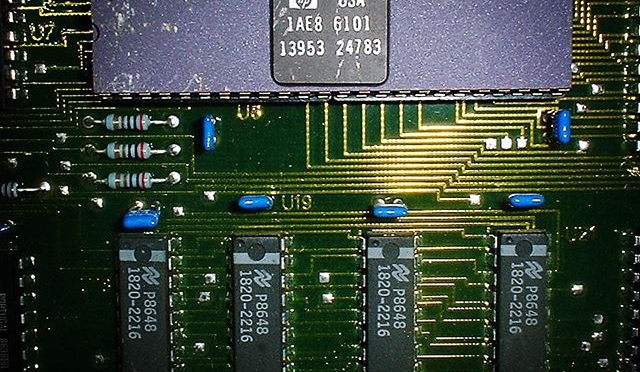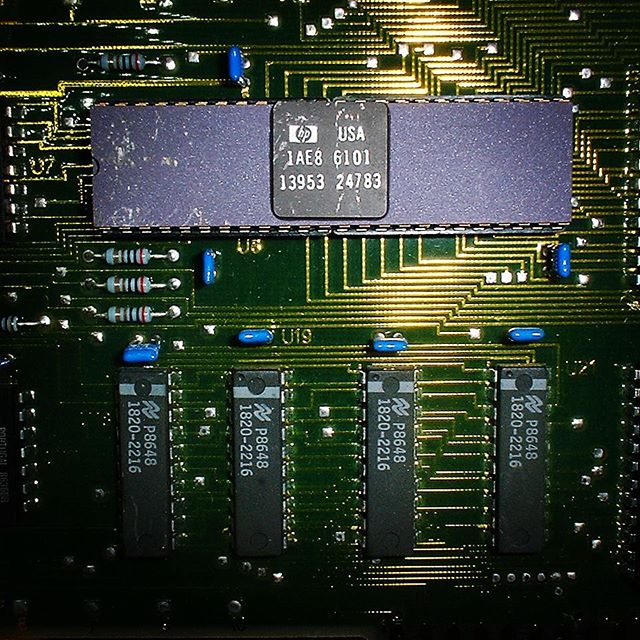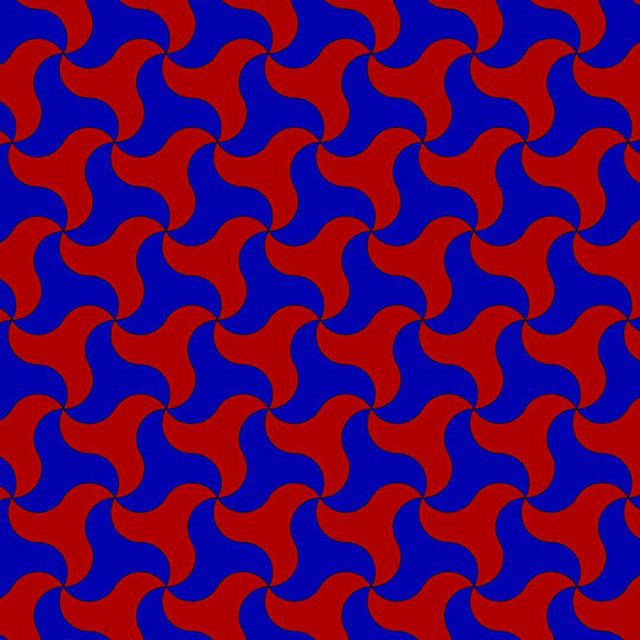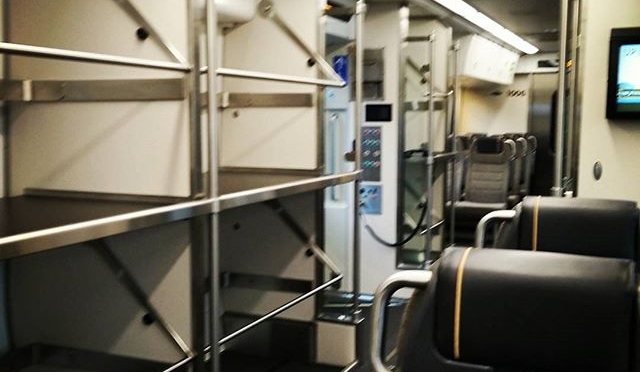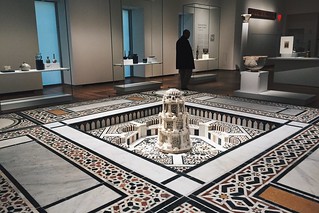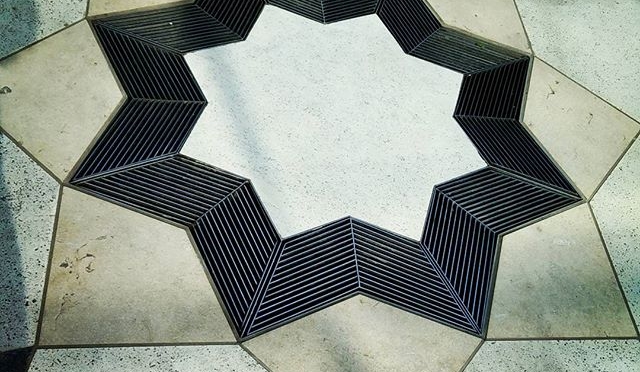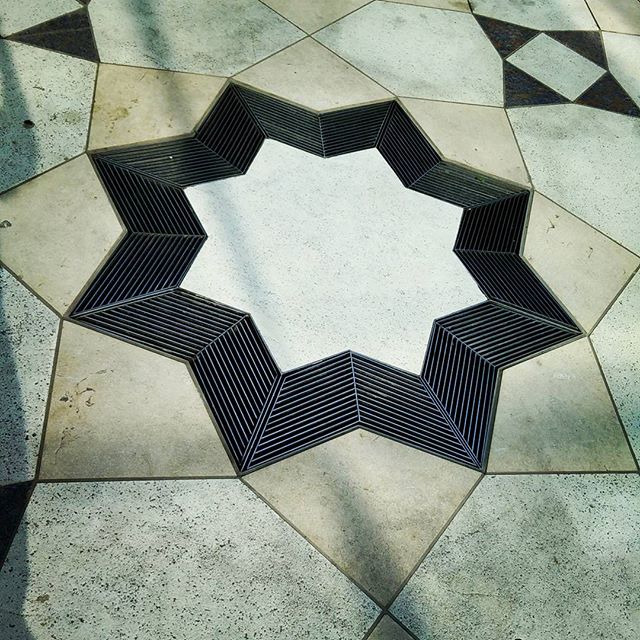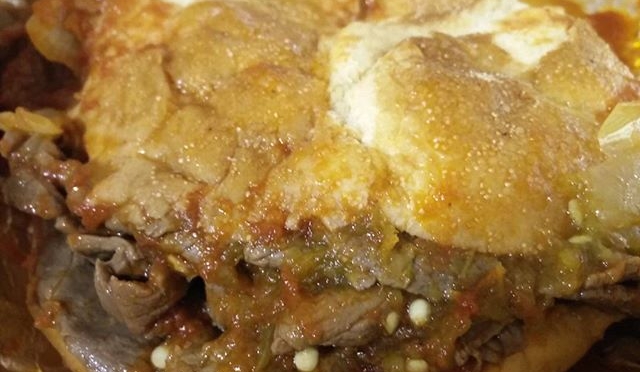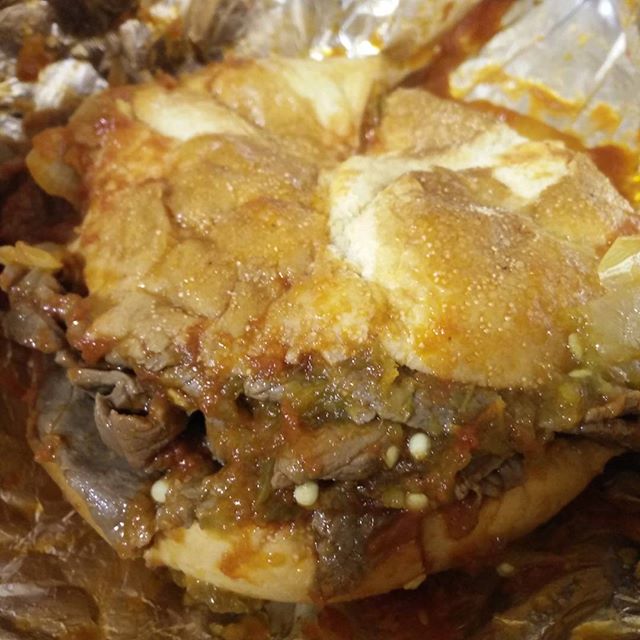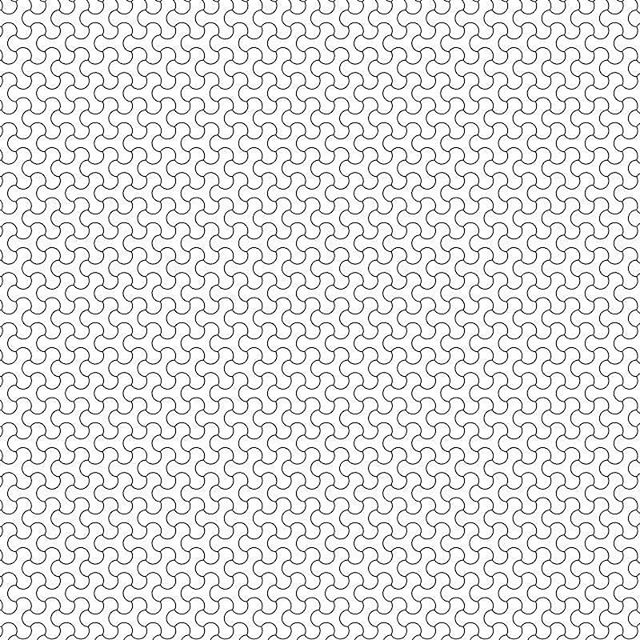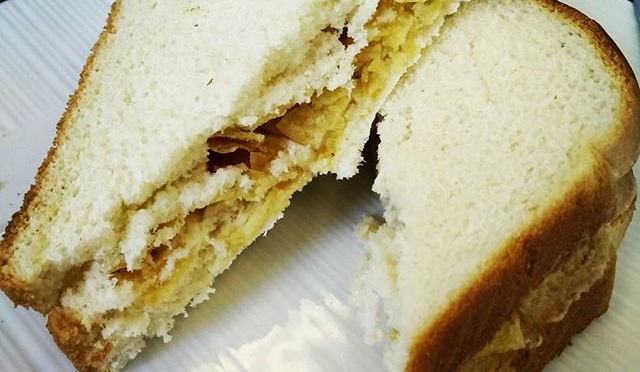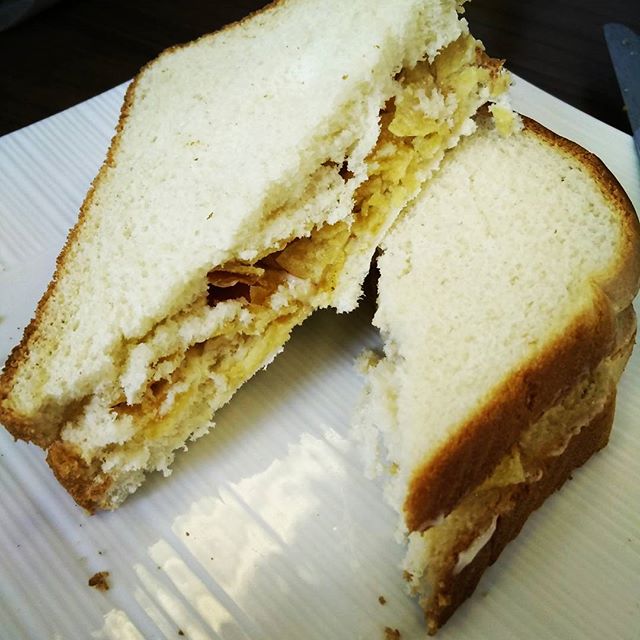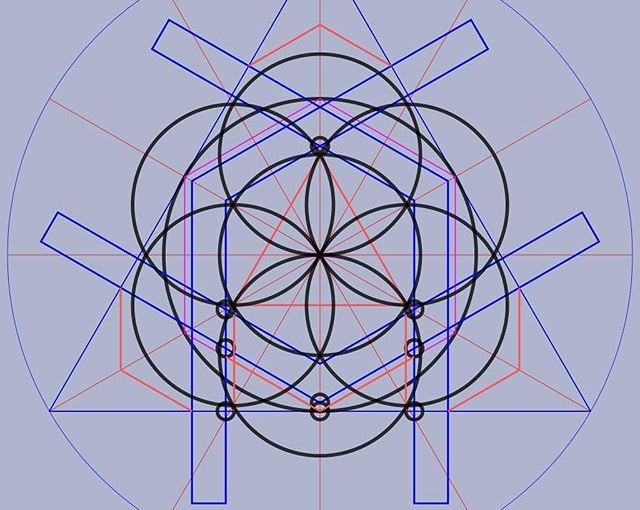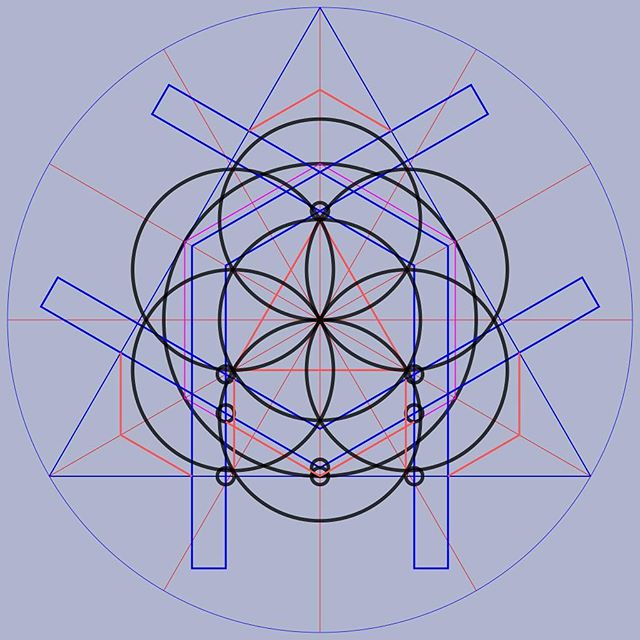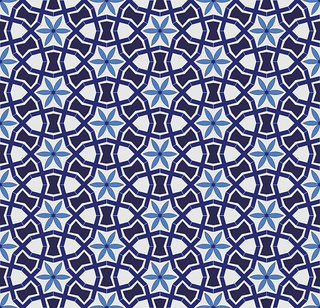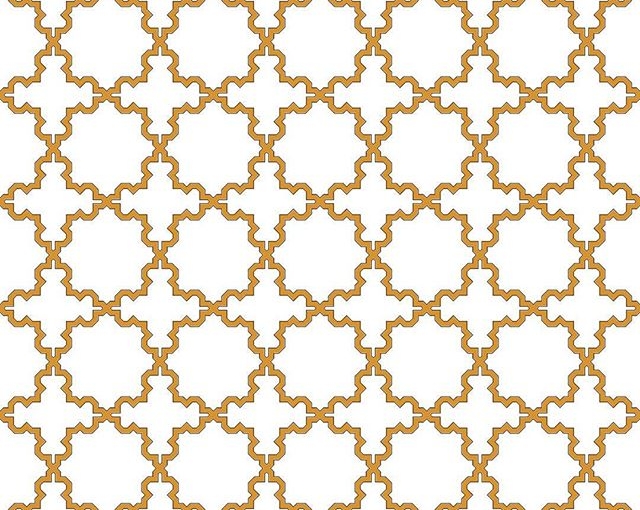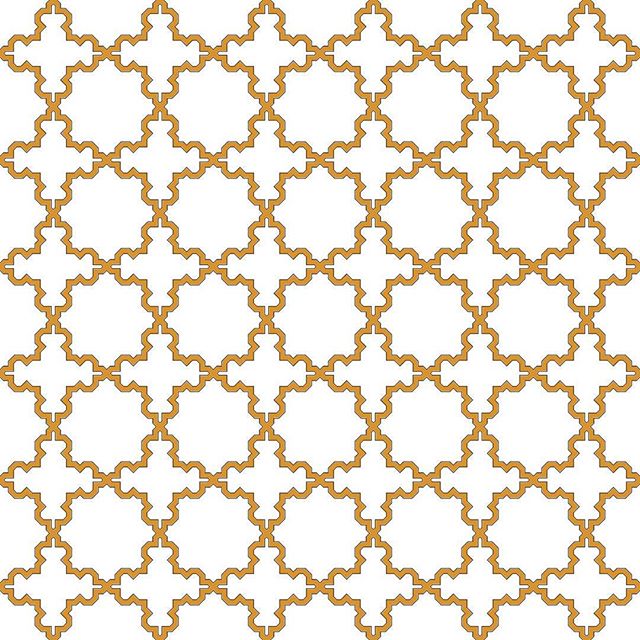 More tile work from the Aga Khan Museum’s fountain.
More tile work from the Aga Khan Museum’s fountain.
Author: scruss
-
That old fountain keeps on giving …
-
maybe I *do* want the Small Web back …
All I wanted to do was read a post on Winston Rowntree‘s Patreon page, yet something was blocked by uBlock Origin. In trying to find what it was, I found the page was pulling in 91 separate resources from 15 different sites:
s3.amazonaws.com s3-us-west-1.amazonaws.com api.amplitude.com maxcdn.bootstrapcdn.com ajax.cdnjs.com cdnjs.cloudflare.com connect.facebook.net s-static.ak.facebook.com www.facebook.com www.google.com fonts.gstatic.com www.gstatic.com mandrillapp.com api.patreon.com www.patreon.com
Do we really need all that crud? It’s a bunch of trackers and fonts and mystery swf and javascript. It might be all responsive web like, but the more fancy you do, and the more of other people’s “TRUST ME†code you pull in, something’s gonna go wrong.
-
When the Doge-Hens Invaded Old London
[gfycat data_id=”ImpeccableWiltedAfricanfisheagle” data_autoplay=true]
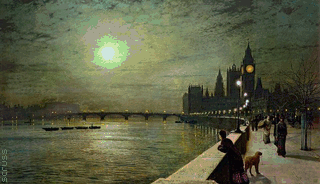
when the doge-hens invaded old london, take 2
-
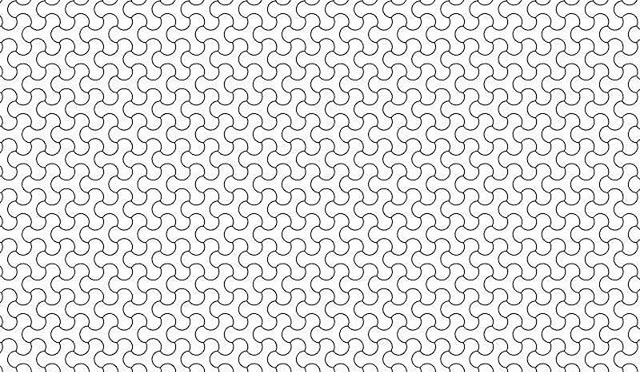
Perhaps a wee lie down is in order
Just the output of a little PostScript program I wrote. Don’t let the little blobby shapes fool you; geometrically, they behave like hexagons. Yes, ½√3 figures a lot in the code.
-
svgo: silently destroying creators’ rights since whenever
svgo is, on the face of it, pretty neat: it takes those huge vector graphic files and squozes them down to something more acceptable. Unfortunately, though, the authors have seen too many files with junk machine-generated <metadata> sections, and decided that it’s all worthless.
Metadata isn’t junk; it’s provenance. Your RDF? Gone. Your diligently researched and carefully crafted Dublin Core entries? Blown away. The licence you agonized over? teh g0ne, man. svgo does this by default. It would be very easy to use this tool to take someone else’s graphic, strip out the ownership information, and claim it as your own. It would be wrong to do that, but the original creator would have to find your rip-off and go to the effort of challenging your use of it. All so much work, all so easily avoided.
You can make svgo do the right thing by calling it this way:
svgo --disable=removeMetadata -i infile.svg -o outfile.svg
There’s apparently a config option to make this permanent, but the combination of javascript, no docs and YAML brings me out in hives. Given that the metadata section of a complex file is typically a couple of percent of the total, it’s worth keeping. Software passes; but data lives forever, so be kind to it.




